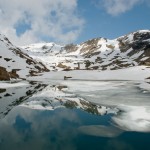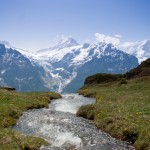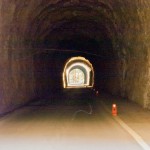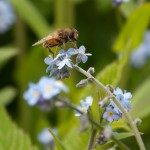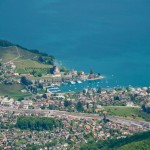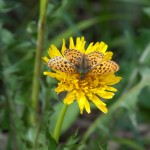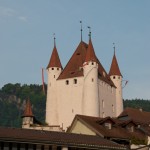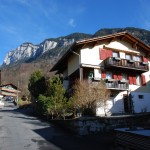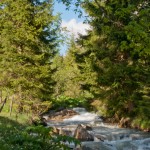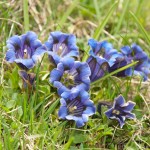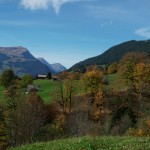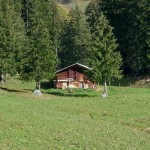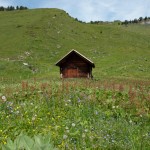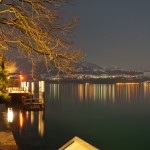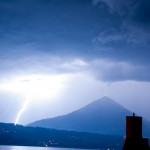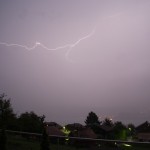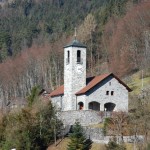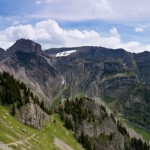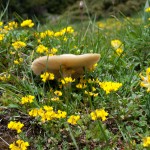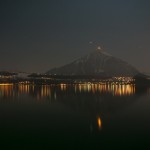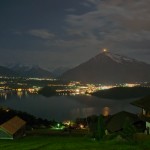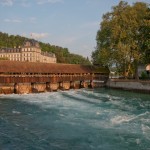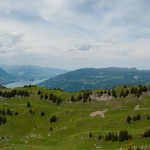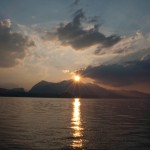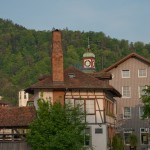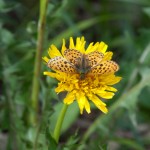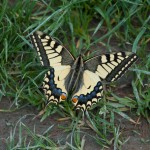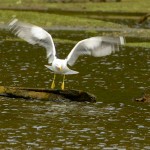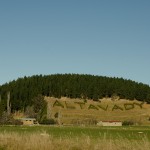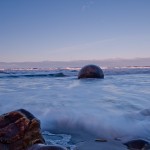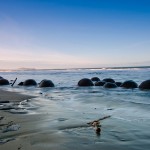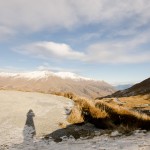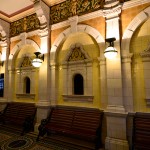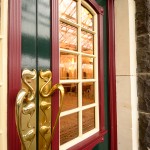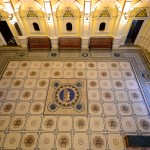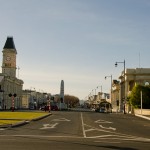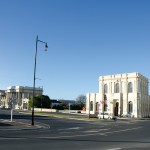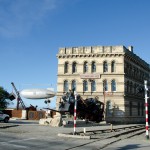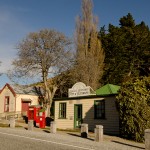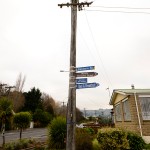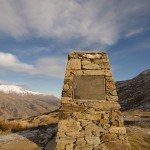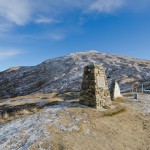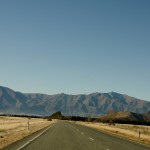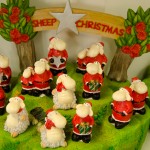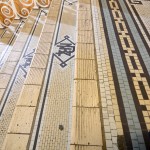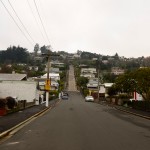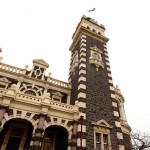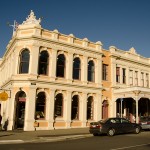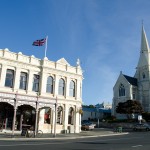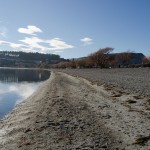Narita san
Narita san is a Shingon Buddhist temple located in central Narita, Chiba. It was founded in 940 by Kanchō Daisōjō, a disciple of Kōbō Daishi. It is the lead temple in the Chisan Branch of New Shingon; it includes a large complex of buildings and grounds, and is one of the best-known temples in the Kantō region.
Founding
The Temple was first established to commemorate the victory in 940 of the forces dispatched from the Heian capital, to suppress a revolt by the powerful Kantō region samurai. The rebellion in 940 also came to an end just as Kanchō completed a three-week Goma ritual with the same image. According to legend, the image of the unmovable Wisdom King became to heavy after the victory to move back to its home base, so a new Temple of Narita san, named Shinshō-jo (New victory Temple), was build to enshrine on the spot. The Temple maintains that the original image is enshrined in the Main Hall, where it is displayed on special occasions.
Expansions
For over 600 years, Narita san remained a remote, humble, provincial temple, until Tokugawa Ieyasu moved his capitol to Edo in 1603. Ieyasu himself credited its about conventing him to Buddhism, and assigned the local Saka Domain daimyo to be responsible to his up keep. The military and political success associated with the temple may have appealed to him, and the location of the temple, protecting the unlucky northeast approach to his new capital, corresponded to the position of the head temple of the Tendai sect, Enyuaki-ji, relative to the old Heian capital of Kyoto. However, the shougunate did little to support the temple until Tokugawa Itsuna reconstructed the main hall in 1655. That building now serves the calligraphy classroom. Shingon founder Kōbō Daishi was famous for his Japanese calligraphy.
Regular events
Large crowds attend the major annual events at Narita san: Oshogatsu in January, Setsubun in February, the taiko drum festival in April, firelight performance of Noh plays in May, the Gion Festival in July, Obon in August; Shichigosan in November; and the annual burning of amulets in late December. People came to Narita san Park to view ume blossoms in the early spring and autumn leave in late fall. In addition there are chanting’s of the Sutra of Great Wisdom in January, May, and September; and Temple fairs are held on the 1st, 15th, and 28th day of each month. Several times of the day, wooden amulets are ceremonially burned in Goma rituals.
External link
For more information I refer to
Wikipedia www.wikipedia.org


























